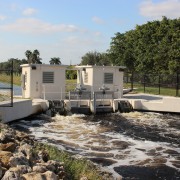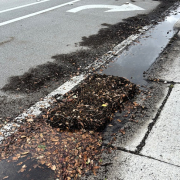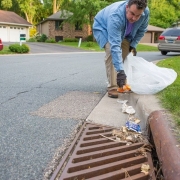Storm Season – Are You Ready
Storm Season – Are You Ready
Time to gear up for the Atlantic Hurricane Season, spanning June 1 to November 30. Last year yielded 19 named storms and projections for this year indicate an even busier season. It is crucial to be ready. Regardless of whether our area experiences 1 or 30 storms, preparedness is paramount. The following list provides 3 steps you can take to ensure you are ready for whatever this storm season brings our way.
- Shop Early – Procrastination might work in some scenarios, but not when it comes to hurricane preparedness. Once a storm is looming, stores quickly run out of essentials, gas stations face endless lines and crucial hardware materials like plywood become scarce. Instead of waiting until the last minute, stock up on essentials during your regular shopping trips. Websites like ready.gov offer thorough checklists for your emergency kit, while www.floridadisaster.org shows you how to customize a plan based on your specific needs.
- Secure Your Neighborhood – Contributing to the safety of your neighborhood is essential during a storm. Clear drainage grates, ditches and swales of debris to prevent water blockages. Trim trees and remove dead vegetation but avoid doing so if a major storm is forecasted as there may not be time for sanitation pickup. Secure loose objects that could become projectiles in high winds like lawn ornaments, trampolines and trellises. Residents within the Lake Worth Drainage District (LWDD) boundary can find more information about the responsibility neighborhoods play have providing community flood control at lwdd.net.
- Have a Plan – If you plan to evacuate, having an evacuation plan in place is critical before a storm approaches. Identify if you are in an evacuation zone, establish and practice your evacuation routes. Know the location of your designated shelter and visit kidshealth.org for preparation tips for children and pets. Familiarize yourself with your surroundings and support systems to determine the best course of action for the safety of you and your family.
Following these 3 steps, you can better prepare yourself, your family and your community for the potential challenges of hurricane season. Stay informed, stay proactive, and stay safe.






